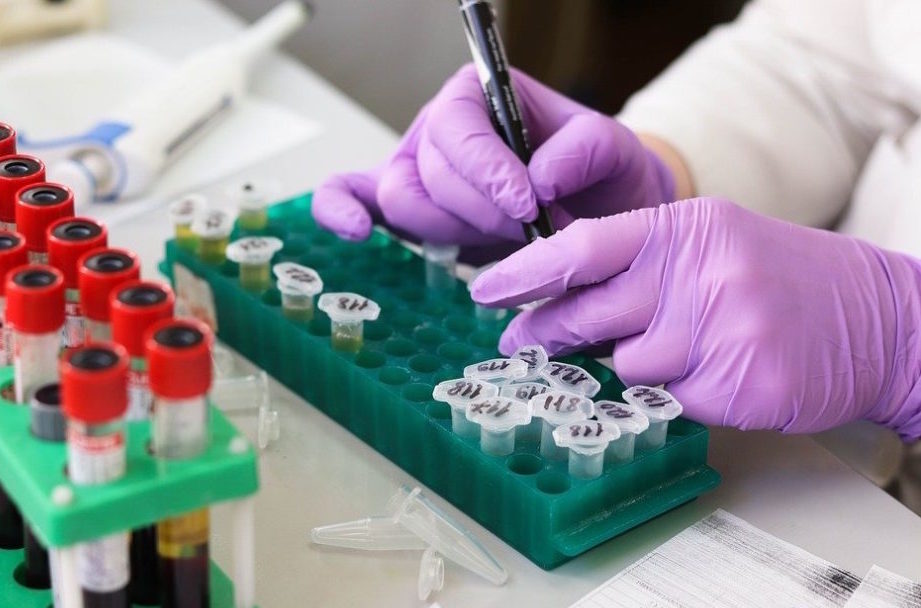State Senate President Pro Tem Sen. Phil Berger has been pushing for random sample testing to get a clearer idea of the prevalence of COVID-19 in the general population.
On Friday, April 17, Berger’s office released a press release and link to a report on a representative sample antibody test done by the Stanford University School of Medicine and the University of Southern California School of Public Policy in Santa Clara, California.
Berger said, “These are results from one study in one county, but it is encouraging. We’re finally getting a better idea of the nature of this virus and how prevalent it is. I’m excited that a similar effort is underway through Wake Forest Baptist Health and Atrium Health, with collaboration from Stanford University researchers. Hopefully we can soon obtain more reliable data to inform major public policy decisions.”
The North Carolina legislative leaders have allocated $100,000 for the study that Berger noted.
The study in Santa Clara done on April 3 and April 4 did show remarkable results. According to the study, between 48,000 and 81,000 people in Santa Clara County had been infected with COVID-19. The confirmed positive cases in the county on April 1 was 956. So according to the study the number of people who had actually had COVID-19 was 50 to 85 times greater than the number of confirmed cases.
According to the study, 3,330 people were tested and the results were adjusted for zip code, sex and race/ethnicity to get figures representative of the population of the county.
The prevalence of people who had been infected with COVID-19 in the general population projected by the study ranged from 2.49 percent to 4.16 percent.
On April 1, the number of confirmed deaths in the county was 50. Due to the three-week lag from the time of infection to death, the researchers estimated by April 22 there would be 100 deaths in the county and based on that figure the fatality rate for COVID-19 would be between 0.12 percent and 0.2 percent, which is far lower than the fatality rate generally being projected for the disease.
The report can be found here: https://www.medrxiv.org/content/10.1101/2020.04.14.20062463v1.full.pdf

